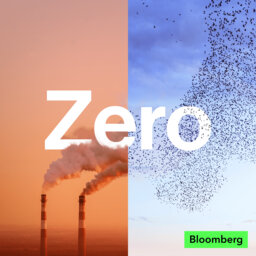In the US right now, there is a lot of talk about a so-called "nuclear revival," though it remains to be seen whether that translates into action. Meanwhile, China has built 37 nuclear reactors in the last decade, with even more in the works. So what does it take to build nuclear at scale? On this episode of the Odd Lots podcast, Bloomberg's Joe Weisenthal and Tracy Alloway speak to David Fishman, a China-based energy analyst at The Lantau Group. He explains all the elements of the country's nuclear success, from financing to manufacturing to its domestic power markets.
 Zero
Zero


